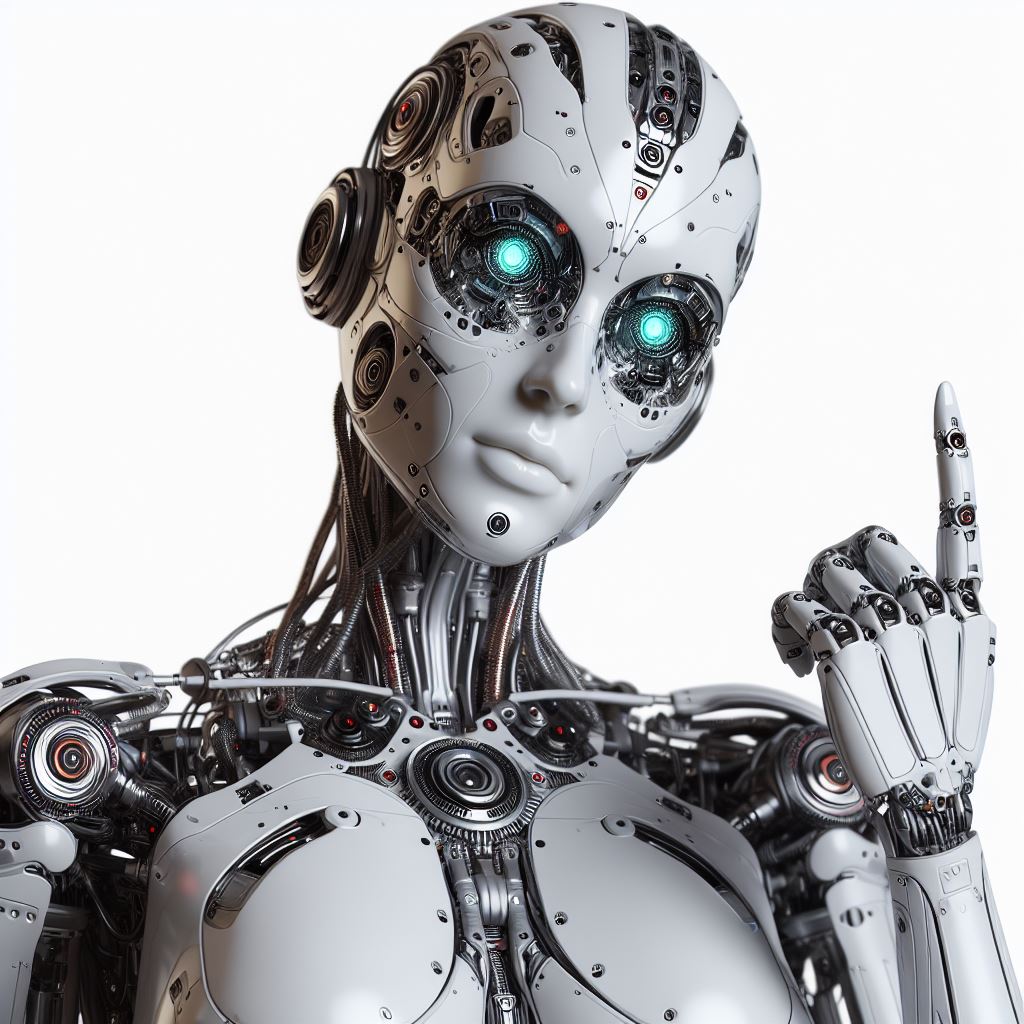Machine learning (ML) is rapidly transforming industries worldwide, and the healthcare sector is no exception. The integration of machine learning into healthcare systems promises to revolutionize patient care, improve diagnosis accuracy, optimize treatment plans, and reduce operational costs. This article explores the key applications of machine learning in healthcare, highlighting how the technology is shaping the future of medicine.
1. Predictive Analytics in Healthcare
One of the most impactful applications of machine learning in healthcare is predictive analytics. By analyzing vast amounts of patient data, including medical history, lab results, and even lifestyle factors, machine learning algorithms can predict future health outcomes. For example, ML models can help predict the likelihood of a patient developing chronic conditions like diabetes or cardiovascular diseases, enabling early intervention. This predictive capability empowers healthcare providers to offer more personalized care and preventative measures, ultimately improving patient health and reducing long-term healthcare costs.
2. Medical Imaging and Diagnostics
Machine learning has significantly enhanced the field of medical imaging. Algorithms can now analyze medical images, such as X-rays, CT scans, and MRIs, with remarkable precision. These ML-powered systems are trained to identify patterns and anomalies in images that might be difficult for human radiologists to detect. For instance, ML models can detect early signs of cancer, stroke, or other diseases with high accuracy, enabling earlier diagnosis and more effective treatment. This technology not only speeds up the diagnostic process but also reduces human error, improving patient outcomes.
3. Drug Discovery and Development
The drug discovery process has traditionally been lengthy and expensive. Machine learning is now streamlining this process by predicting which drug compounds are likely to be effective against specific diseases. ML models can analyze vast datasets of chemical properties and biological interactions, helping researchers identify promising candidates for further testing. By significantly reducing the time and cost of drug development, machine learning is accelerating the introduction of new treatments to the market, ultimately benefiting patients worldwide.
4. Personalized Treatment Plans
Machine learning also plays a crucial role in creating personalized treatment plans for patients. By analyzing data from electronic health records (EHR), genetic information, and patient feedback, ML algorithms can suggest tailored treatment options that are more likely to be effective for the individual. This approach ensures that patients receive the most appropriate care based on their unique characteristics, leading to better health outcomes and more efficient use of medical resources.
5. Virtual Health Assistants and Chatbots
Machine learning is enhancing patient engagement through the use of virtual health assistants and chatbots. These AI-powered tools can provide patients with instant access to health information, schedule appointments, and even offer preliminary diagnosis based on symptoms. For example, a chatbot can ask patients a series of questions and provide guidance on whether they need to see a doctor or seek immediate care. These tools help bridge the gap between patients and healthcare providers, improving accessibility and reducing the burden on medical professionals.
Conclusion
The applications of machine learning in healthcare are vast and continuously evolving. From predictive analytics and medical imaging to drug discovery and personalized treatment, machine learning is revolutionizing how healthcare professionals diagnose, treat, and care for patients. As the technology advances, its potential to improve patient outcomes, reduce costs, and streamline healthcare processes will only continue to grow. The future of healthcare is bright, and machine learning is at the forefront of this transformation.
